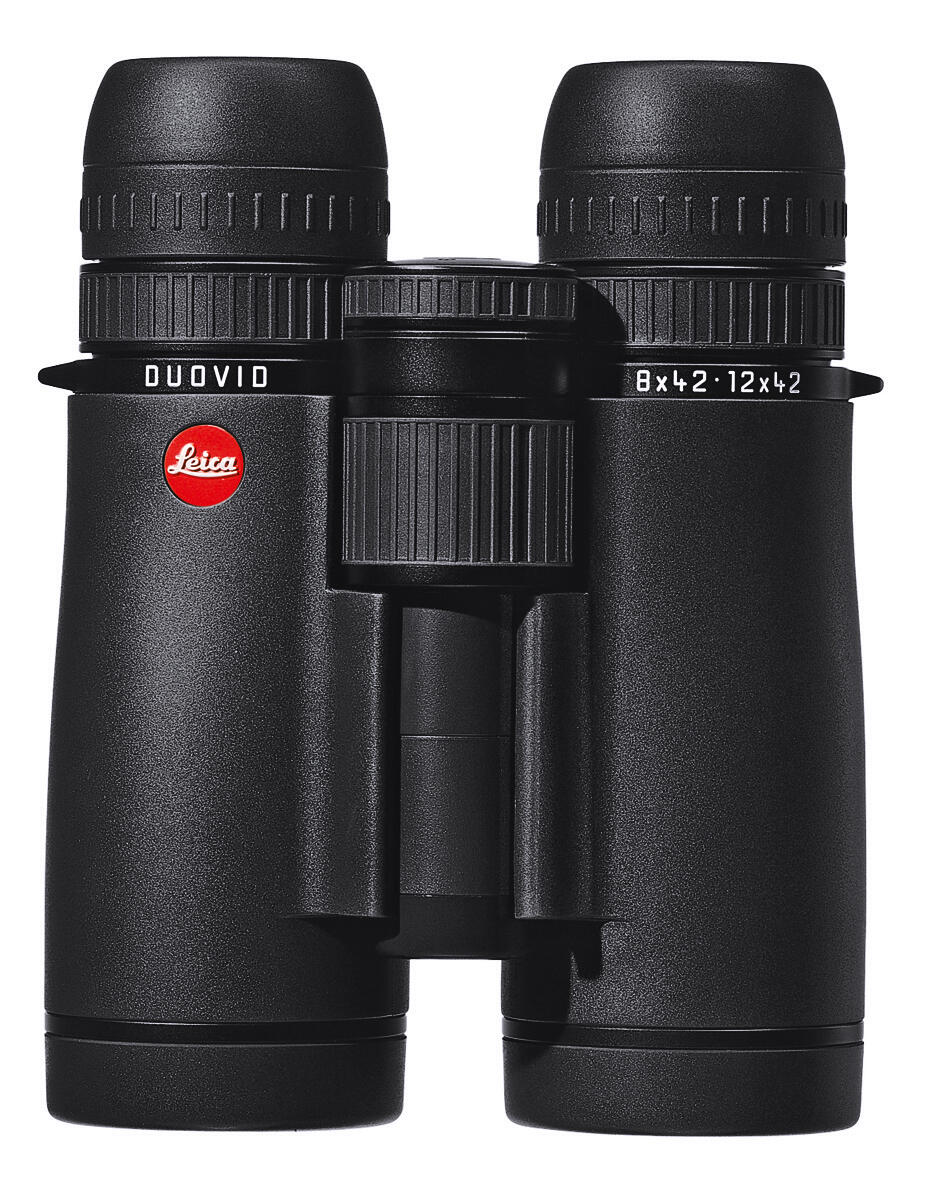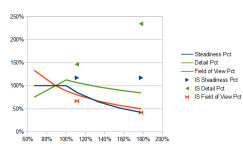I usually go birding with my Leica 8x32 UV HD+, and sometimes with my Leica 7x42 UV HD+. My typical outing involves a hike between 4 and 8 Km, just because I like hiking. The UV 8x32 are fantastic, and the 7x42 give me an easier view. I don't perceive very much the difference in magnification; what I perceive is the difference in weight, and the fact that the 7x42 have easier eye placement, and are easier to use with sunglasses, which sometimes I have to do due to high glare/UV in the sky (US west...). Both are optically superb.
In many situations, I bird in semi-open places, where I end up carefully focusing my 8x32 and try to glean as much detail as possible from a not-so-close (>20m) bird to make an ID. This is often necessary, as many birds are not easily approached, and others are highly mobile, so if I spot them on a far away tree, I better get an ID immediately. Of late, I have been wondering whether I should also own a pair of 10x42. I would likely lean towards the Leica UV 10x42: still fairly compact, I like the ergonomics, I like the traditional-style eyepiece and objective covers, etc.
My main question is: would this be a useful upgrade? When carefully trying to get an ID for a bird not on this tree, but on that tree over there (picture yourself a tree 20-50m away), would a 10x really be better than my lighter 8x? Is the tradeoff -- marginally more magnification, marginally more shake -- useful or not?
Some of you might remember I have also stabilized Kite 16x42. I like them... but... the image quality is not up to par, and I find it's often very important for me to be quick in getting an ID. I cannot switch from 8x to those 16x, often the bird has gotten away, and it's much easier to explore and find birds with an 8x. So when I carry both, I use the 8x32 98% of the time, and typically in an outing there are at most 1-2 birds I can identify with the 16x42 but I was not able with the 8x; often the bird has gotten away by the time I can use the 16x.
So I am looking for a binocular I can use as the single binocular I take with me.
I have read various threads in which some of you mentioned having Leicas 8x32, 7x42, and 10x42. I already know that if I were to get 10x42, the ones I want would be the Leicas. My question is more whether having a 10x is worth it, or -- for the same exit pupil size -- I should just enjoy my 8x32 and their light weight.
Your opinion is much appreciated!
In many situations, I bird in semi-open places, where I end up carefully focusing my 8x32 and try to glean as much detail as possible from a not-so-close (>20m) bird to make an ID. This is often necessary, as many birds are not easily approached, and others are highly mobile, so if I spot them on a far away tree, I better get an ID immediately. Of late, I have been wondering whether I should also own a pair of 10x42. I would likely lean towards the Leica UV 10x42: still fairly compact, I like the ergonomics, I like the traditional-style eyepiece and objective covers, etc.
My main question is: would this be a useful upgrade? When carefully trying to get an ID for a bird not on this tree, but on that tree over there (picture yourself a tree 20-50m away), would a 10x really be better than my lighter 8x? Is the tradeoff -- marginally more magnification, marginally more shake -- useful or not?
Some of you might remember I have also stabilized Kite 16x42. I like them... but... the image quality is not up to par, and I find it's often very important for me to be quick in getting an ID. I cannot switch from 8x to those 16x, often the bird has gotten away, and it's much easier to explore and find birds with an 8x. So when I carry both, I use the 8x32 98% of the time, and typically in an outing there are at most 1-2 birds I can identify with the 16x42 but I was not able with the 8x; often the bird has gotten away by the time I can use the 16x.
So I am looking for a binocular I can use as the single binocular I take with me.
I have read various threads in which some of you mentioned having Leicas 8x32, 7x42, and 10x42. I already know that if I were to get 10x42, the ones I want would be the Leicas. My question is more whether having a 10x is worth it, or -- for the same exit pupil size -- I should just enjoy my 8x32 and their light weight.
Your opinion is much appreciated!











